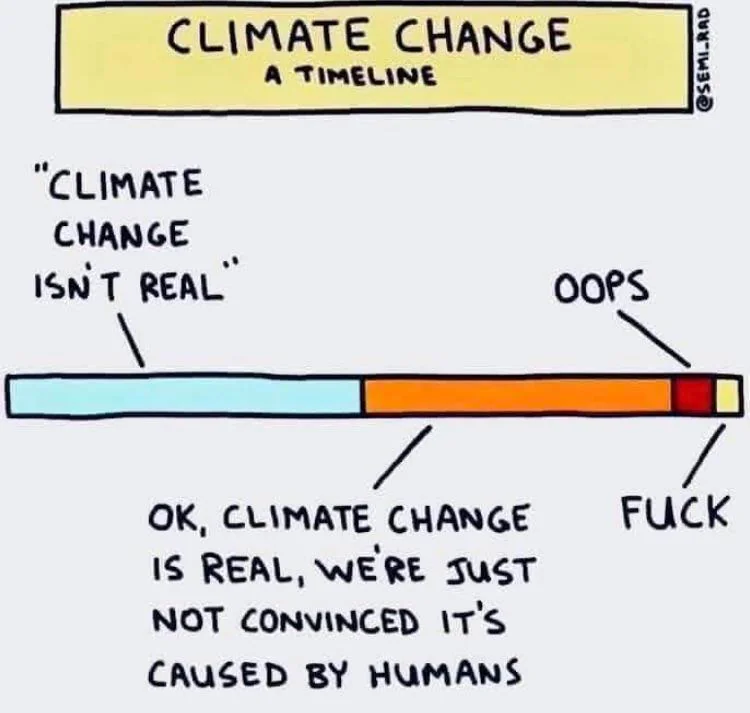The Climate Crisis
1566 readers
1 users here now
The impacts and solutions of the Climate Crisis
founded 4 years ago
MODERATORS
151
152
153
154
156
157
158
2
Saltwater creeps up the Mississippi River, endangering drinking water for millions
(www.peoplesworld.org)
159
160
161
162
163
164
165
166
2
The Carbon Profiteers: meet the investors running - and destroying - our world
(corporatewatch.org)
167
168
2
Experts fear US carbon capture plan is ‘fig leaf’ to protect fossil fuel industry
(www.theguardian.com)
169
170
171
172
173
174
175



